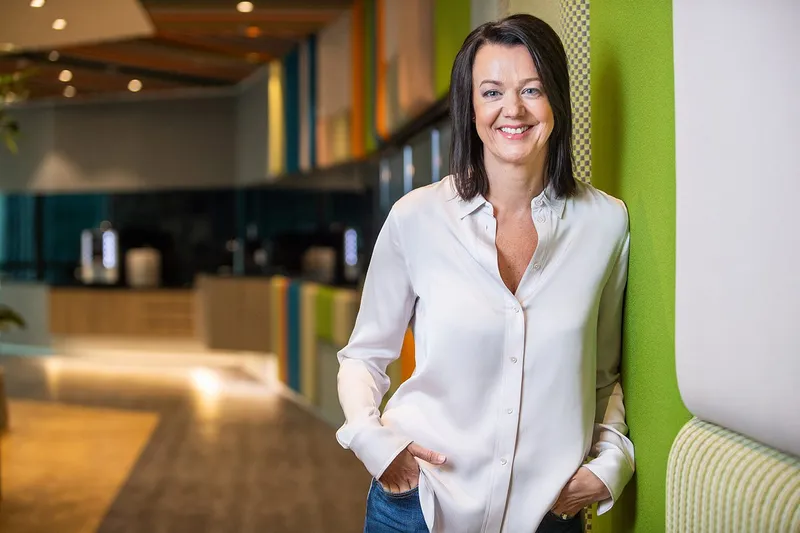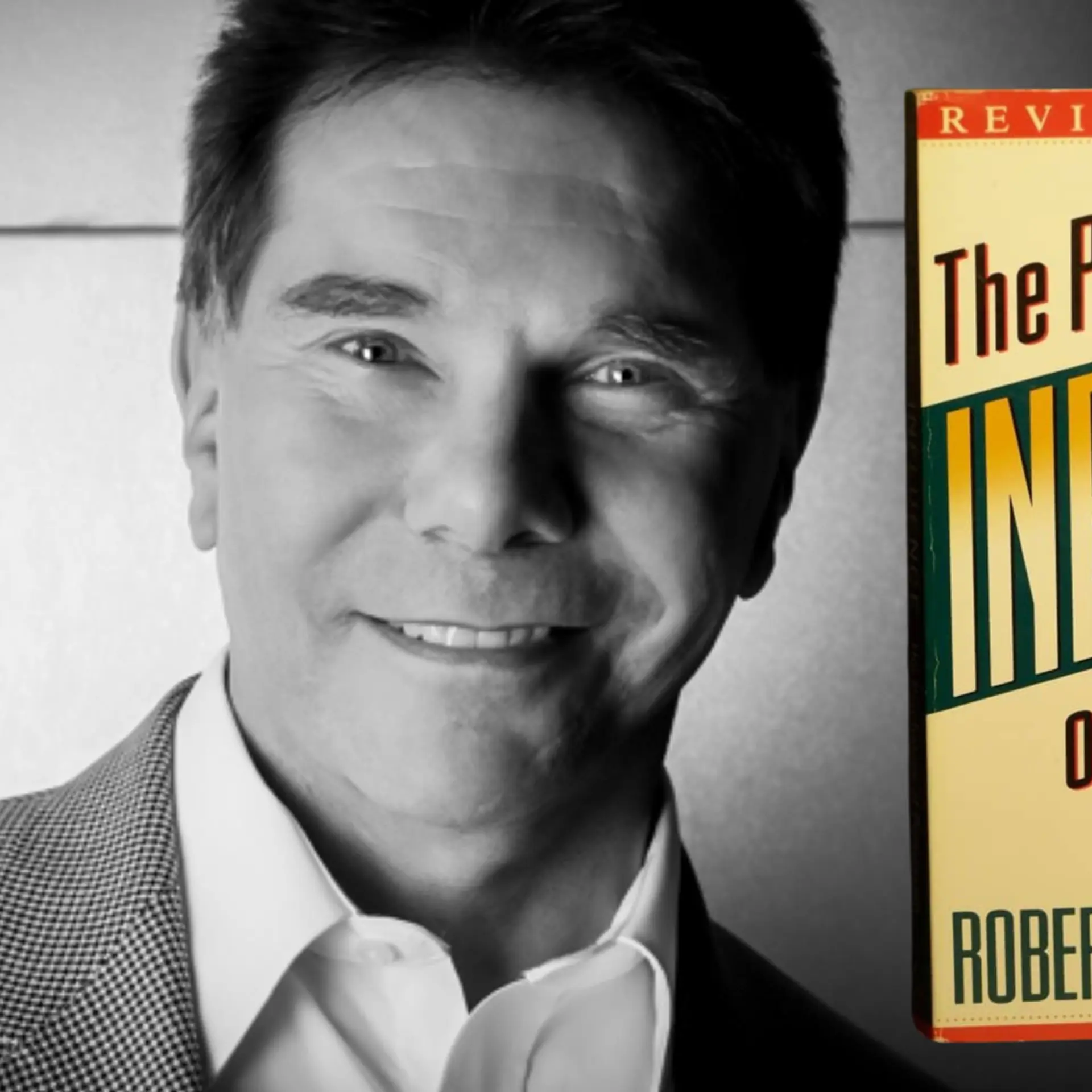[Women in Tech] Retaining women in workforce requires long-term commitment, performance accountability, and realistic policies, says Wendy Johnstone of Zendesk
Wendy Johnstone, COO-APAC, Zendesk, says, companies must realise that it’s not a one-and-done effort to close the gender gap and retain women in the workforce. It requires long-term commitment, performance accountability, and realistic policies.
Wendy Johnstone, COO-APAC, Zendesk, says, she didn’t deliberately seek out a career in STEM, but once she landed her first job at a tech company, she has never looked back.
“Looking back over the past 25 years of my career, change has always been a common thread. From my first job at IBM to my current one at Zendesk, I have worked in three different continents, led teams across EMEA and APAC, and been responsible for a good deal of transformation within each role,” she says.

Having held senior marketing leadership roles at major tech companies like IBM, EMC, and Salesforce, Wendy always knew she wanted to transition from being a CMO. Over the years, she sought out opportunities to learn new skills in other areas like strategy and planning, business development, sales enablement, and productivity. These efforts paid off when she was appointed General Manager and COO of APAC at Microsoft, and thereafter when she moved to Zendesk as COO.
In a conversation with HerStory, Wendy talks about her career spanning over 25+ years, her role at Zendesk, women in tech, and her biggest inspirations.
Edited excerpts from the interview:
HerStory (HS): Tell us a little about yourself…
Wendy Johnstone (WJ): While I’m originally from Scotland, I’ve lived, worked, and travelled all over the world. I am currently based in Singapore as the COO of Zendesk APAC.
Growing up, I watched both my parents work hard to provide for my brother and I - my father was an electrician, and my mother was a teacher. My dad put himself through university while holding down a day job so that he could progress into management, while my mum went back to school to gain her degree in teaching after having children. She has been such a role model for me, as I watched her spending her days studying and looking after us as children. The lessons I’ve learned from both parents are around the value of hard work and creating your own success, when possible - if you want something enough, you’ve got to do everything in your power to go after it.
HS: Tell us about your roles and responsibilities at Zendesk.
WJ: As Zendesk’s Chief Operating Officer for APAC, my role is to ensure the health of the regional business by aligning cross-functionally on regional go-to-market strategies that enable us to grow and scale the business, while executing on our global priorities.
It’s been a great ride so far, and at the start of 2021, we hit an exciting milestone by becoming a billion-dollar company - an achievement gained while navigating a global pandemic. As we set our sights towards our next goal (becoming a multi-billion-dollar company) the big focus for me is putting in place the right processes, people, and structures to support our growth trajectory.
Outside of this, a big part of my role is building relationships with our key customers across the region, supporting them to deliver the best customer experience for their customers. It’s also important that people outside of Zendesk know why we’re doing what we’re doing. So, as a spokesperson for the region, I engage with the media and analyst community, and speak at events to help increase awareness of our business.
HS: How did you face the challenges of working in a pandemic?
WJ: There’s a lot to say about the difficulties of working in a pandemic, which we have all experienced, and so I like to focus on the positives of leading remotely. One of the benefits for me was the speed at which I could get to know my colleagues around the world.
In saying that, it’s true that Zoom fatigue is real. I regularly check how many calls I have in a day and will often reschedule if I feel as though there are too many. I also turn off the video at times if I feel fatigued from being on camera for too long. I think what is important for me as a leader is being an example of opening and sharing when I might be struggling with this. A certain amount of vulnerability is always especially crucial for all leaders, but particularly during a pandemic - to be kind to yourself and your team.
HS: What can be done to retain women in the workforce?
WJ: The barriers keeping women from entering and staying in the workforce run deep and wide, particularly in STEM and in leadership roles. This makes it more critical for networks, private and public sectors to be intentional about the policies put in place, the support provided, and the accessibility if we want to see a material uptick in women’s participation.
No change is going to happen in this regard unless companies can fully acknowledge the existing issues and challenges faced by women. In doing this, they must truly listen to their employees, gathering data from every department and at every level. Armed with this knowledge, leaders can work with employee representatives and external organisations to create and implement the right strategies that will address the gender gap.
Once flexible and sustainable measures are put in place, this creates a stronger support system for women to voice concerns and share struggles in an environment that encourages this feedback. Ultimately, companies must realise that it’s not a one-and-done effort to close the gender gap and retain women in the workforce. It requires long-term commitment, performance accountability, and realistic policies.
HS: What have been your biggest successes and challenges?
WJ: Right now, I have to say surviving homeschooling my children through a pandemic is one of my biggest achievements! But in all seriousness, I consider my biggest successes to be those times when I have gone through a major transition - whether that was emigrating from the United Kingdom to Australia on my own, re-establishing myself at new companies, or making the leap from CMO to COO. These times of transition have been when I’ve learnt most and felt truly fulfilled professionally. On a more personal level, I’m also incredibly thankful and proud of the family my husband and I have built together with our two children.
HS: Why is networking essential for women in tech?
WJ: Women’s networks are crucial in creating a supportive community to discuss, explore and share best practices for women, particularly those in STEM fields. Like many other women, when I first started my career, I wasn’t comfortable putting myself out there, networking or even asking for help, but what really encouraged and propelled me forward were the women’s networks. In them, I saw the power of women working together; it was a great way to practice building authentic and new connections. Three of my career moves came through these networks because someone thought of me, shared the opportunity with me, and spoke up for me, opening the doors to have a conversation. Because of that, I always encourage women to lean into these networks - they are full of opportunities!
HS: Why are there very few women in leadership positions in tech?
WJ: There are countless records of the tech industry traditionally being male dominated. A Credit-Suisse report shows women only account for 16 percent of managers in the IT sector globally, which isn’t surprising when we consider that women encounter far greater roadblocks than men, and from an early age.
Barriers stretch from gendered bias and discrimination, the lack of female role models in STEM, and limited access to STEM education, to societal and cultural norms of women taking the lead in caring duties at home. With every untapped female talent excluded from the field and leadership positions, the industry loses an opportunity to grow and progress. There’s no easy answer for how to ‘fix’ this, but because of how deeply rooted many of these barriers are, women’s advancement requires a collective effort to tackle these challenges and drive real change.
HS: Who/what have been your biggest inspirations?
WJ: My family is my biggest inspiration. My husband helps keep me grounded and is the best father to our children that I could ask for. Not only does he share our responsibilities at home, but there have also been times when he has deprioritised his own career to enable me to take a step forward in mine. My children motivate me to do my part in making the workplace better, fairer, and more inclusive for them. Another source of inspiration must be the people I work with every day. They are brimming with so much passion and potential, constantly challenging me to be a better person and leader.
HS: What are your future plans?
WJ: At Zendesk, our aspiration is to become a multi-billion-dollar company. We are focussed on building momentum in a few key ways: delivering friction-free, automated customer experiences for our customers and their customers, establishing leadership in messaging, extending our solutions with continued product development, and embracing a diverse, digital-first workforce.
Personally, I hope to do a lot of travelling in the future - but only when it is safe to do so. We don’t have any extended family in Singapore where I’m based, so my family and I are eager to be reunited with them again.
Edited by Megha Reddy


![[Women in Tech] Retaining women in workforce requires long-term commitment, performance accountability, and realistic policies, says Wendy Johnstone of Zendesk](https://images.yourstory.com/cs/4/8e7cc4102d6c11e9aa979329348d4c3e/Women-in-Science-and-Tech3-1627183557151.png?mode=crop&crop=faces&ar=2%3A1&format=auto&w=1920&q=75)
![[Women in Tech] We need families and workplaces to proactively give women opportunities to learn and thrive: Arya Murali of WITI](https://images.yourstory.com/cs/4/8e7cc4102d6c11e9aa979329348d4c3e/Women-in-Science-and-Tech1-1625999242667.png?fm=png&auto=format&h=100&w=100&crop=entropy&fit=crop)




